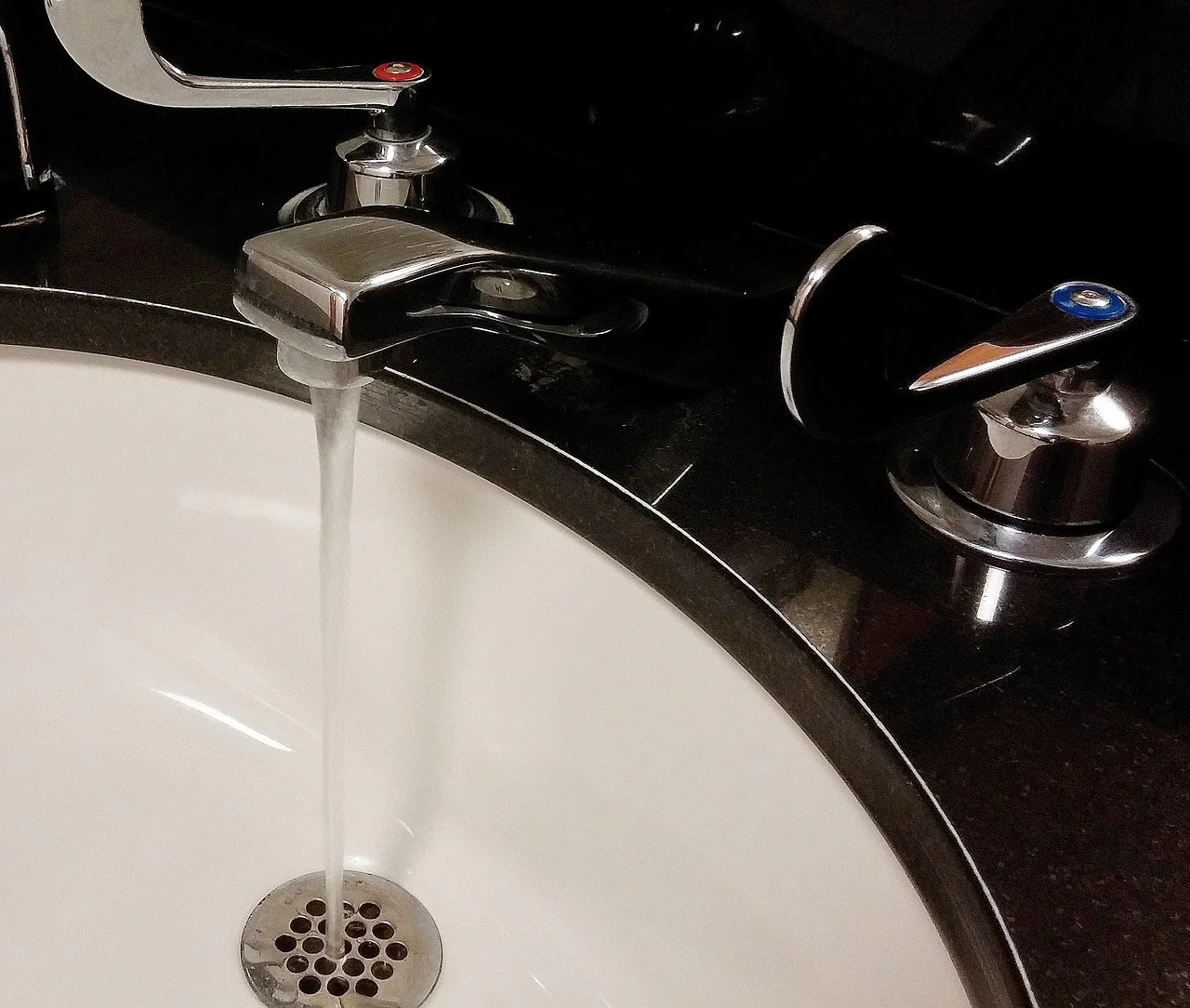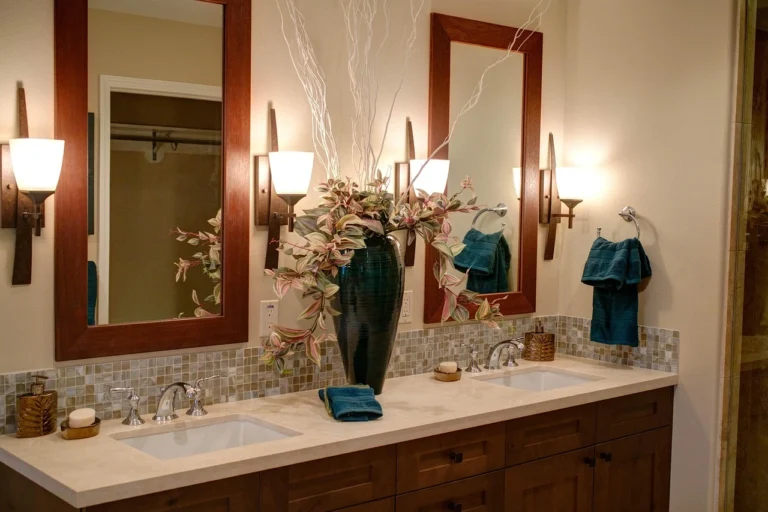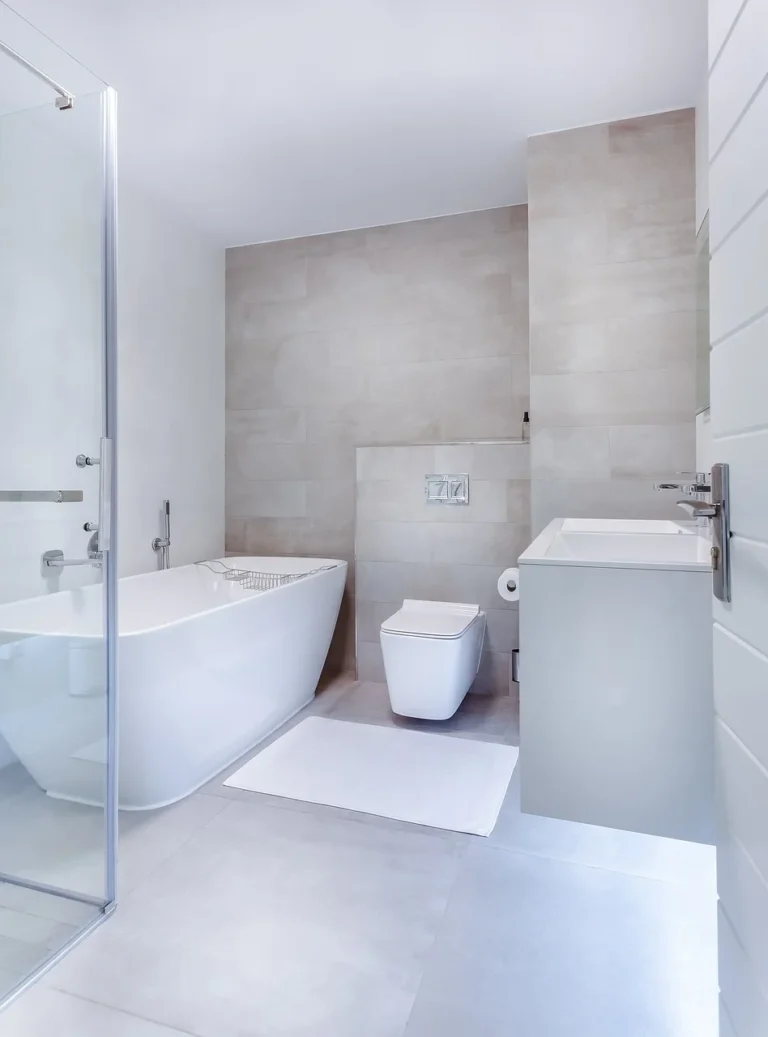
Building work on your home can be a thrilling experience. Whether you’re renovating the kitchen, adding an extension, or upgrading your plumbing, it’s a chance to create a space that truly fits your lifestyle. However, in the middle of all the excitement and hustle, there’s one crucial thing many homeowners forget to consider: drain mapping. Now, you might be thinking, “What’s drain mapping got to do with my home renovation?” Well, trust me,this is a big deal.
Let me break it down for you. Drain mapping is the process of identifying and recording the exact layout of the underground drainage system that serves your property. It sounds pretty straightforward, but when you’re digging up parts of your yard or adding new foundations, understanding where your drains are located can save you from costly and time-consuming mistakes. I’ve seen firsthand how failing to map out drains can lead to expensive repairs.
What Is Drain Mapping, and Why Is It So Important?
When I first started renovating my house, I had no clue about drain mapping. All I wanted was a shiny new bathroom. But soon enough, I learned the hard way. Drain mapping is essentially creating a detailed map of your drainage system, showing the location and route of pipes, drains, and other sewerage elements beneath your property. Knowing exactly where these are buried under your land can help avoid accidental damage when you’re digging or laying foundations.
I remember when I was getting ready to put in new garden landscaping. The project was going to include a lot of digging and movement of soil. I almost skipped over drain mapping, assuming I could just guess where the pipes were. Luckily, my contractor recommended that we map out the drains. Sure enough, when we did, we found a major pipe exactly where I planned to plant some trees. If I had gone ahead without knowing, it would have been a disaster. Not only would I have damaged the pipes, but it would have been a huge cost to fix.
The problem is, not all drainage systems are obvious. Some are buried deep underground, and others might be in spots you wouldn’t expect, like under your driveway or near that spot you planned for a garden shed. Drain mapping gives you peace of mind knowing where everything lies so that you can move forward with your project without unintended hiccups.
How Drain Mapping Works: The Process
So, what exactly goes into a drain mapping project? It’s not just about throwing a few markers in the ground. The process typically involves drain surveying,a technique that uses specialized equipment to trace and record the layout of your drainage system. In my case, a professional team used a high-tech camera system to inspect the drains and pipes, recording the data and generating a detailed map of everything. It was like seeing my entire plumbing system laid out on a digital screen.
The technology used in drain mapping today is impressive. Often, it involves a sonar or CCTV camera system, which can travel through the pipes and detect any blockages, leaks, or other issues. It helps contractors and homeowners like myself get a full picture of the drainage system without the need to tear up the ground. If you’re digging up the yard, knowing the depth and path of the drains is crucial. It also saves you a lot of time and hassle, as repairs can be planned and carried out with the map in hand.
The Risks of Not Mapping Drains Before Building Work
One of the biggest mistakes homeowners make is overlooking drain mapping until it’s too late. I’ve seen many people embark on home improvement projects only to find that their digging caused significant damage to drainage pipes. From blocked drains to flooding, the consequences can be severe. Even small damage to your drainage system can lead to huge problems down the road,especially when it comes to water and waste.
For example, I once worked with a friend who decided to build a new extension without considering the location of his drains. A few months after the work was completed, he noticed the backyard started to flood after heavy rain. It turned out that the trench he had dug to lay the foundation had punctured an old sewer pipe. The repairs were so expensive, it almost wiped out his entire renovation budget.
To make matters worse, damaged drainage systems often don’t show up immediately. They can slowly leak or block over time, and by the time you notice, the damage can be extensive. Drain mapping helps avoid these surprises, so you can keep your project on track and on budget.
Drain Mapping Helps With Future Maintenance
Another advantage of drain mapping that I didn’t initially consider is how useful it is for future maintenance. I’m not saying that every single homeowner needs to be an expert in plumbing. However, having a detailed map of your drains means you’re better equipped for any repairs or issues that arise later on.
Think about it: if your house ever experiences issues like flooding, slow drainage, or strange smells, you’ll have an easier time locating the problem if you already know where the pipes are located. This has helped me in a couple of instances where I had to deal with clogged drains. Instead of digging up my entire backyard, I was able to target the exact area that needed attention, saving both time and money.
In the long run, having a drainage map can save you countless hours and stress. You’ll have a clear picture of where the drains run, their condition, and how to access them when needed.
How Much Does Drain Mapping Cost, and Is It Worth It?
Cost is always a concern when undertaking any building project, but in my experience, drain mapping is worth every penny. Depending on the size of your property and the complexity of the drainage system, it can cost anywhere from £200 to £800 or more. It might seem like a lot, but I can tell you that spending money on drain mapping before a project can save you thousands in repairs down the line.
When I was considering whether to get drain mapping done for my home, I weighed the cost against the potential for disaster. The answer was clear. A small upfront investment for a drainage survey was far cheaper than the potential costs of fixing a major pipe or sewer problem caused by construction. It’s a no-brainer if you ask me.
Drain Mapping for Homeowners: What You Need to Know
If you’re about to start a building project on your property, whether it’s an extension, a garden makeover, or even just updating your driveway, don’t forget to consider the drains. Drain mapping isn’t something that comes up in every DIY guide, but it’s an essential part of planning. I can’t stress enough how much this simple step can save you time, effort, and money.
Remember, drain mapping is an investment in peace of mind. Whether you hire professionals to carry out the survey or use specialized equipment yourself, knowing where your drains are located will make all the difference. It ensures that your building work goes smoothly, without unexpected delays or costly mistakes.
Conclusion
Looking back at all the renovations I’ve done over the years, drain mapping stands out as one of the most valuable steps in any building project. It’s easy to overlook, but skipping this step can lead to costly, time-consuming, and frustrating setbacks. By investing in a drain survey, you’ll not only avoid accidental damage but also set yourself up for success when it comes to future maintenance. So, before you grab that shovel and start digging, make sure you know exactly what’s under the surface. Trust me, your future self will thank you.







